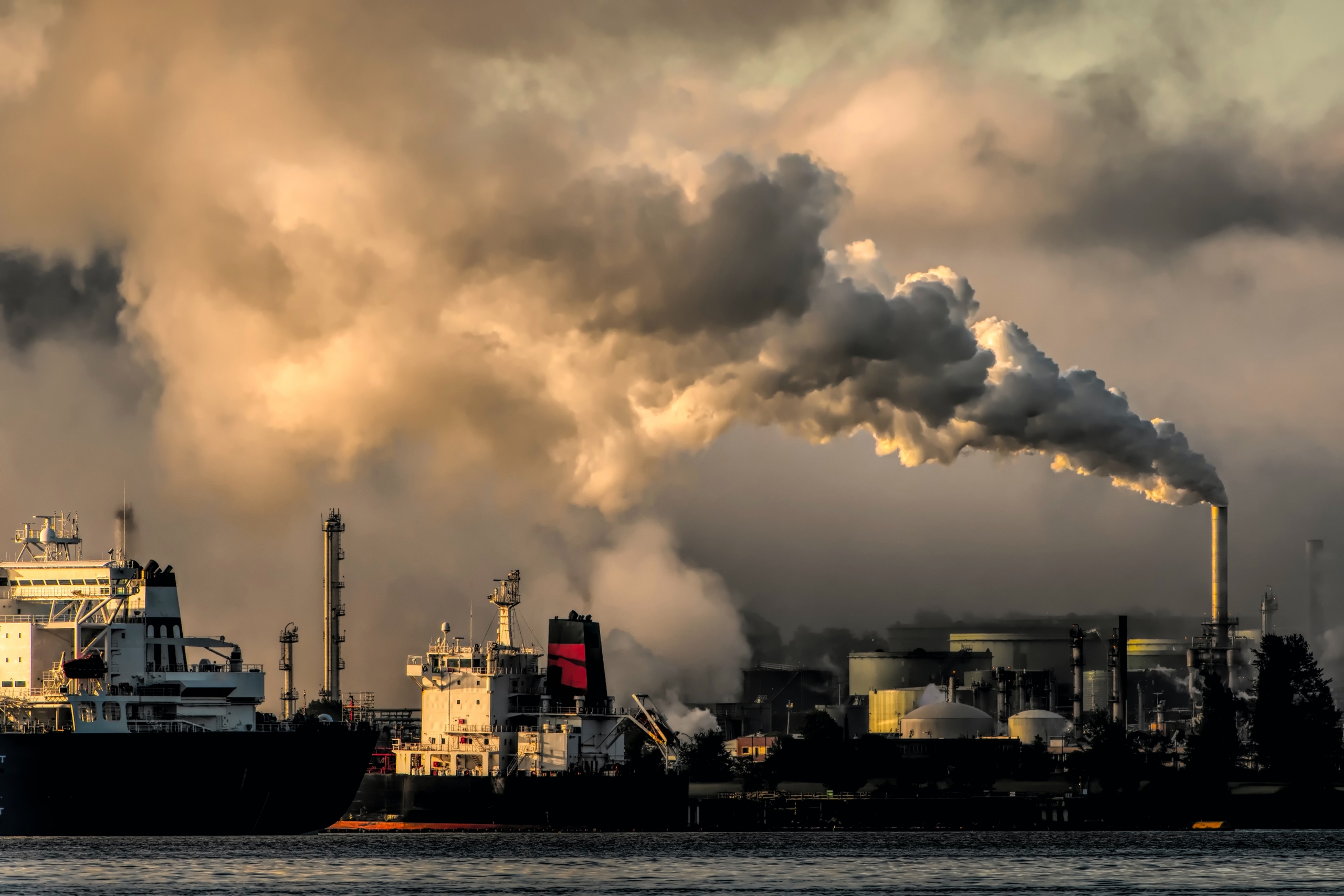Carbon Dioxide play in Global Warming

Carbon dioxide (CO2) plays a crucial role in global warming as one of the primary greenhouse gases responsible for the enhanced greenhouse effect. Here's a detailed look at its role:
Absorption: CO2 molecules in the atmosphere absorb infrared radiation emitted by the Earth's surface. This absorption occurs because CO2 molecules can vibrate at frequencies that match the energy of the infrared radiation, allowing them to absorb this energy.
Re-Radiation: After absorbing infrared radiation, CO2 molecules re-radiate the energy in all directions, including back towards the Earth's surface. This process increases the amount of heat retained in the atmosphere, contributing to the warming of the planet.
Natural Greenhouse Effect: The natural greenhouse effect is essential for life on Earth, keeping the planet's temperature at a habitable level. CO2 is a natural part of this process, along with other greenhouse gases like water vapor, methane (CH4), and nitrous oxide (N2O).
Enhanced Greenhouse Effect: Human activities, particularly since the Industrial Revolution, have significantly increased the concentration of CO2 in the atmosphere. This enhanced greenhouse effect leads to more heat being trapped and results in an overall warming of the Earth's climate.
Burning Fossil Fuels: The combustion of coal, oil, and natural gas for energy production, transportation, and industrial processes releases large amounts of CO2 into the atmosphere. This is the largest source of anthropogenic CO2 emissions.
Deforestation: Trees and forests act as carbon sinks, absorbing CO2 from the atmosphere through photosynthesis. When forests are cleared or burned for agriculture, urban development, or other purposes, the stored carbon is released back into the atmosphere as CO2, reducing the Earth's capacity to absorb CO2.
Industrial Processes: Certain industrial activities, such as cement production and various manufacturing processes, produce CO2 as a byproduct.
Temperature Increase: The increased concentration of CO2 enhances the greenhouse effect, leading to a rise in global average temperatures. This warming affects weather patterns, causing more extreme weather events, such as heatwaves, storms, and heavy precipitation.
Sea Level Rise: As global temperatures rise, polar ice caps and glaciers melt, contributing to rising sea levels. Additionally, warmer temperatures cause thermal expansion of seawater, further contributing to sea level rise.
Ocean Acidification: CO2 is absorbed by the oceans, forming carbonic acid. Increased levels of CO2 lead to higher acidity in ocean waters, affecting marine life, particularly organisms with calcium carbonate shells and skeletons, such as corals and some plankton species.
Climate Change: Persistent increases in CO2 levels and global temperatures can lead to long-term changes in climate patterns, affecting ecosystems, agriculture, water resources, and human health.
Feedback Loops: Higher temperatures can trigger feedback loops that further enhance global warming. For example, melting polar ice reduces the Earth's albedo (reflectivity), causing more solar radiation to be absorbed and leading to further warming.
In summary, CO2 is a critical driver of global warming due to its ability to trap heat in the atmosphere and its increasing concentration resulting from human activities. Mitigating CO2 emissions is essential for addressing global warming and its associated impacts.
Thank you,